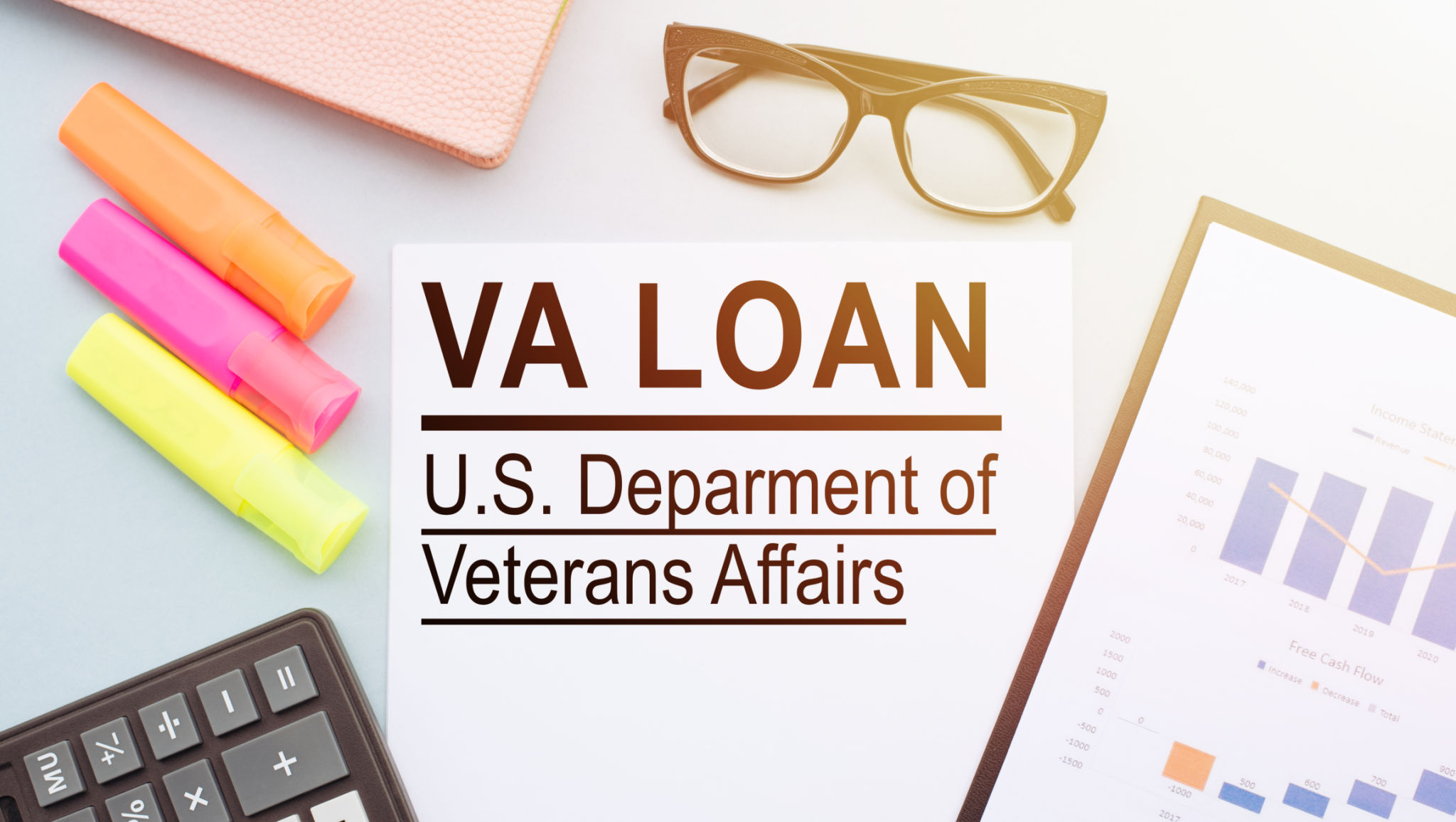Expert Tips for Veterans Transitioning to Civilian Life Insurance Options
AH
Understanding the Basics of Life Insurance
Transitioning to civilian life can be a complex process for veterans, especially when it comes to understanding life insurance options. Life insurance is a crucial part of financial planning, providing a safety net for your loved ones. It’s essential to know the basics, which include the different types of life insurance available: term life, whole life, and universal life insurance.
Term life insurance offers coverage for a specific period, usually 10, 20, or 30 years, and is often more affordable. On the other hand, whole life insurance provides lifetime coverage and includes a savings component, known as cash value. Universal life insurance also offers lifetime protection but with more flexibility in premium payments and death benefits.

Maximizing Benefits from the VA
The Department of Veterans Affairs (VA) offers several life insurance programs tailored for veterans. One of the most notable is the Servicemembers' Group Life Insurance (SGLI), which can be converted to Veterans' Group Life Insurance (VGLI) after discharge. This conversion is crucial as it allows veterans to maintain coverage without needing a health review.
Additionally, veterans with service-connected disabilities may qualify for Service-Disabled Veterans Life Insurance (S-DVI). This program provides low-cost coverage and can be a valuable option for those who have sustained injuries during service.

Assessing Your Personal Needs
When choosing a life insurance plan, it’s essential to assess your personal needs. Consider factors such as your family size, financial obligations, and long-term goals. A single policy may not be sufficient if you have dependents or outstanding debts like a mortgage or student loans.
Consulting with a financial advisor can help in determining the right amount of coverage. They can provide insights into how much your family would need to maintain their current lifestyle in your absence.

Comparing Civilian Options
As you explore civilian life insurance options, it’s important to shop around and compare policies from various insurers. Pay attention to the premiums, coverage limits, and any additional riders that may be beneficial to your situation.
Online platforms and comparison tools can be incredibly useful in this process. They allow you to easily see the differences between policies and help you make an informed decision based on both cost and coverage scope.
The Role of Employer-Sponsored Plans
If you are entering the workforce as part of your transition, consider employer-sponsored life insurance plans. Many employers offer group life insurance as part of their benefits package. These plans can provide affordable coverage, often without requiring a medical exam.
However, it's important to note that employer-sponsored plans may not offer sufficient coverage on their own. They should ideally complement an individual policy to ensure comprehensive protection for your family.

Leveraging Discounts and Special Programs
Veterans may qualify for special discounts or programs offered by insurance providers. These initiatives are designed to make life insurance more accessible and affordable for those who have served in the military.
Reach out to insurance companies directly or work with an agent familiar with veteran benefits to uncover these opportunities. Taking advantage of these programs can significantly reduce your premium costs while ensuring adequate coverage.
Making an Informed Decision
Navigating the transition from military to civilian life requires careful planning, especially when it comes to securing life insurance. By understanding the different types of policies available and evaluating personal needs, veterans can make informed decisions that will protect their families' futures.
Engaging with financial advisors and leveraging VA resources can make this process smoother. Remember, the goal is to find a policy that offers peace of mind and financial security for you and your loved ones.